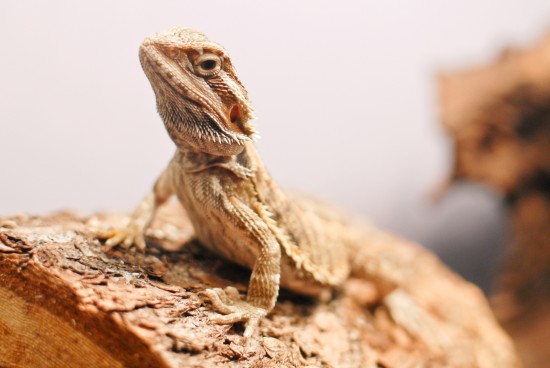
Before bringing your ferret home there are a couple of crucial items that should be completed, shopping for a cage being one of them. Your pet needs to feel out of harm's way and secure in his new habitat. After all, they will be spending the majority of their time in it. In spite of this, a cage is not the only important consideration; there are several others as well.
Ferrets are incredibly active for several hours a day. They slumber the majority of the time, but whilst they're awake they're looking for action. To permit them a chance to burn up some of their saved up energy, the cage needs to be substantial enough for them to lope around in. They must be provided a lot of room; the more the better. But the additional room can also mean there is a greater likelihood that they will get injured. Examine the cage carefully for gaps where your ferret might potentially get their feet wedged. Purchasing a cage with hazardous gaps will greatly raise the chances that your furry comrade will suffer from foot injuries.
There are two choices when you're thinking about cage bottoms; metal or plastic. Metal can oxidize and corrode over a short period of time while plastic will not. And plastic is easier to keep clean. On the other hand, if you procure a metal cage with a plastic shell, your ferret can gnaw on the plastic coating and swallow it. This will normally lead to digestive problems that will usually call for a veterinarian to remove the plastic coating from your ferret's digestive track.
The doors have to be sizeable enough so that your ferret can scuttle in and out without difficulty. Doors that are too little can bring about injuries. The cage should also be multi-layered, giving your pet more room to scurry around in.
Ferrets love to hide, play, and slumber in dark comfortable places. So how are you able to supply this for your animal? By purchasing both a sleep sack and a hammock. They will be just what the doctor ordered for giving them a safe, secure, and comfortable feeling. Offering soft beds in dark places will be much treasured, especially since they will probably be spending up to 20 hours per day napping in them.
While your ferret will be napping the majority of the day you still ought to provide a little time outside of the cage too. At least two hours a day outside their cage will give them time to get a little exercise while having a little enjoyment at the same time. Being cooped up all day is not enjoyable. Giving them time for activity can help them stay healthy and happy. Nevertheless, before letting them run wild in your house, an important safety inspection needs to happen first. "Ferret proofing" your residence is necessary to preclude them from escaping or discovering places where they can get hurt.
Another concern before bringing your ferret home is maybe the most critical; their food. Ferrets are carnivores, meaning meat eaters. They not only must have a high protein diet, they need much fat and very little carbohydrates. When it comes to food you have two choices; ferret or cat food. High quality cat foods will probably give your ferret what he requires, but ideally you want to furnish them a diet that was prepared specially for them. After all, they have specialized needs. If you choose to feed them ferret food, make sure to purchase a high quality product. Several cheaper brands will include frozen meat which your pet will likely refuse to eat to the point of undernourishment.
Before you bring your ferret home for the first time it's intelligent to plan ahead a little. Giving them a safe and comfortable environment, along with healthy meals can go a long way to ensure a joyful home for both you and your animal. With proper planning the new member of your family will rapidly become a treasured member of your family.
 Deaf Dog, Hearing World - Living With Your Deaf Dog
Deaf Dog, Hearing
Deaf Dog, Hearing World - Living With Your Deaf Dog
Deaf Dog, Hearing
 2006 Trends in Robotic Pets
2006 Trends in Robotic Pets
 Digestive Disorders In Reptiles
Digestive Disorde
Digestive Disorders In Reptiles
Digestive Disorde
 Get Medical Treatment for Pets by Vets at Animal Hospital in Coquitlam
Get Medical Treatment for Pets by Vets at Animal Hospital
Get Medical Treatment for Pets by Vets at Animal Hospital in Coquitlam
Get Medical Treatment for Pets by Vets at Animal Hospital
 Buying A Pet - How To Avoid Potential Scams And Pitfalls
Buying A Pet - Ho
Buying A Pet - How To Avoid Potential Scams And Pitfalls
Buying A Pet - Ho
Copyright © 2005-2016 Pet Information All Rights Reserved
Contact us: www162date@outlook.com